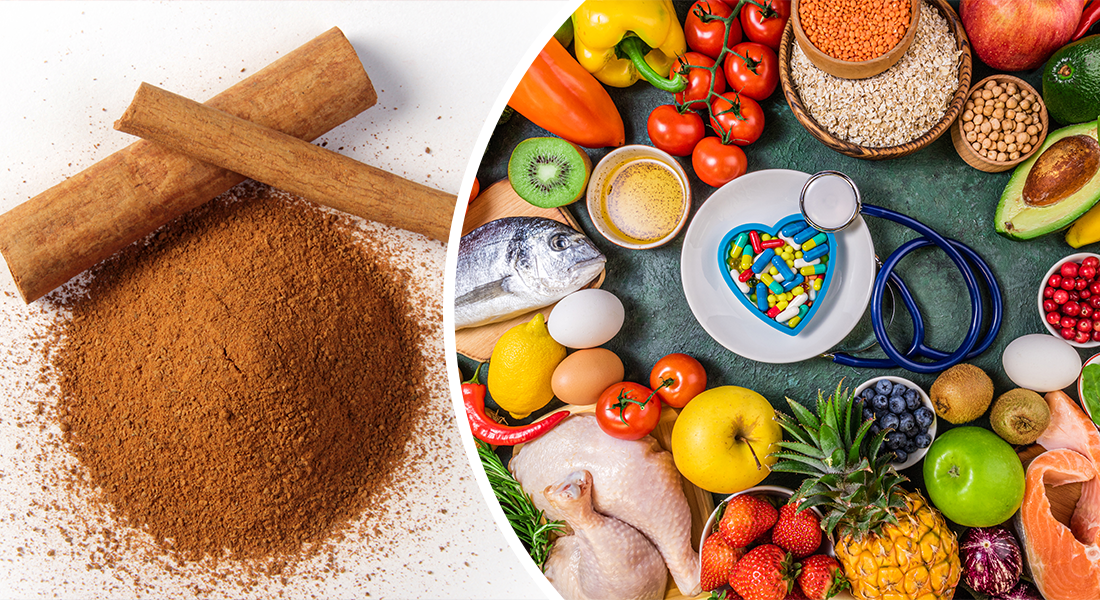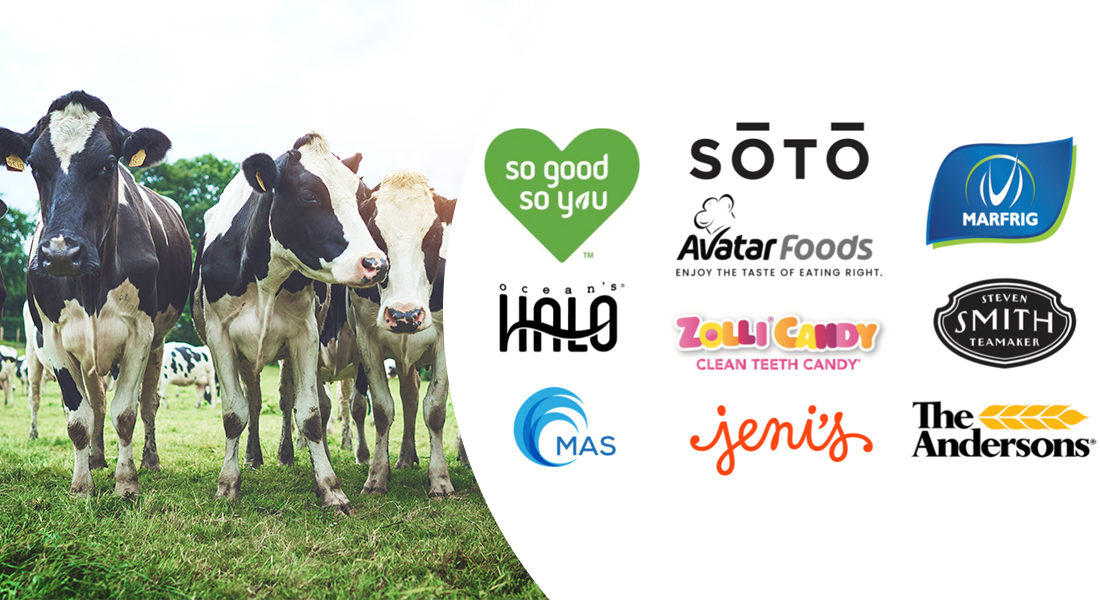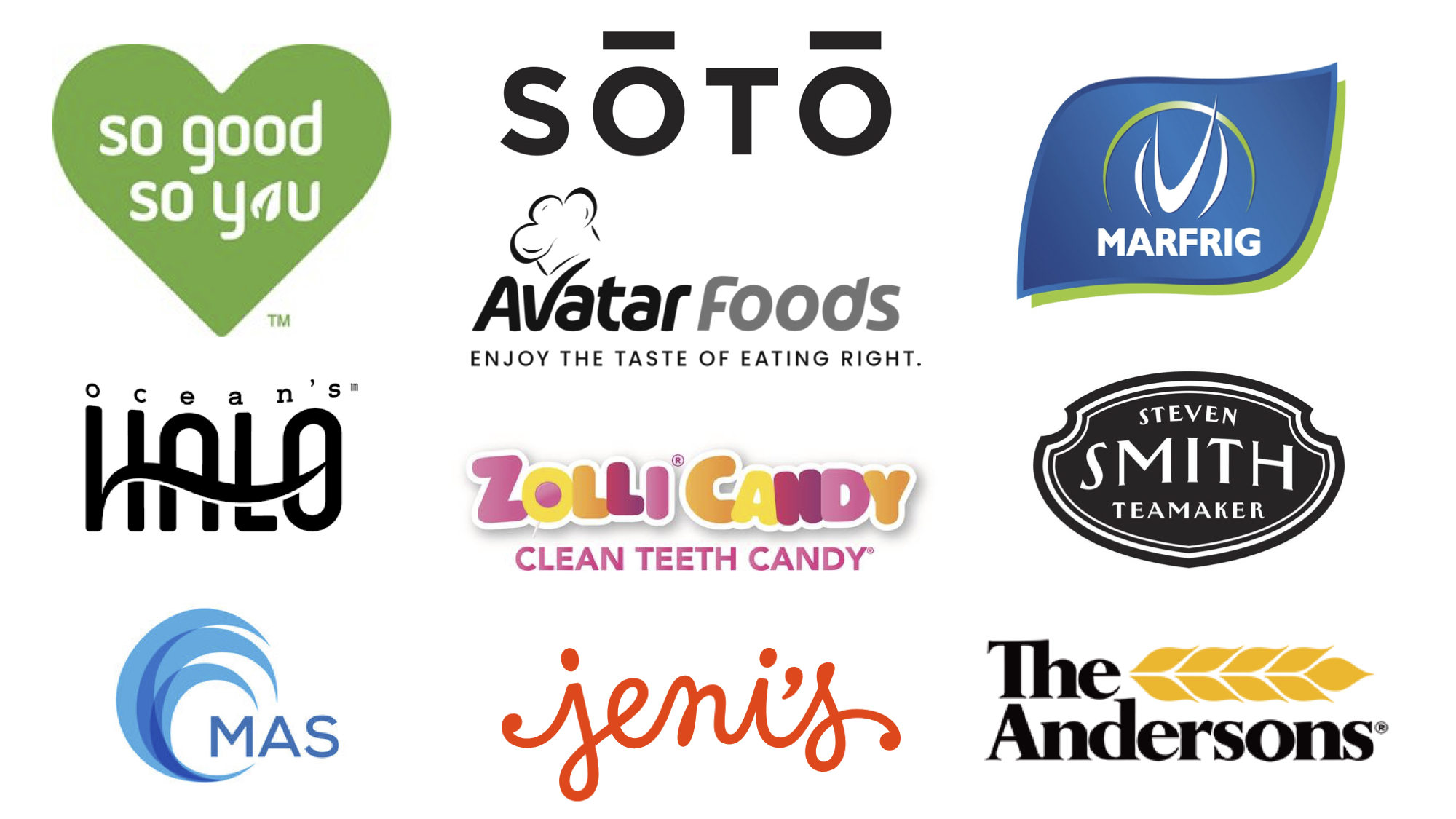Packaged foods benefit immensely from artificial ingredients. Stabilizers, emulsifiers and preservatives all help to maintain the integrity of the product from manufacturing through to the kitchen cupboard.
In recent years however, these artificial and often hard-to-pronounce ingredients have fallen out of favour with consumers, prompting the food industry to simplify their ingredients lists. According to Packaged Facts, a food and beverage industry market research firm, 87 percent of consumers reportedly look at nutrition labels on packages, and 67 percent prefer products with less, more simple ingredients.
“Consumers are looking for natural and unprocessed food to supplement their diets and fuel their on-the-go lifestyles, which continue to get busier with the arrival of each new generation,” Doon Wintz, President of Wholly Wholesome, a New Jersey-based company specializing in all natural desserts and baked goods, told Xtalks. “They are no longer looking for a handful of ingredients they recognize. Rather, the entire nutritional label must be transparent, highlighting wholesome, unadulterated ingredients that are easy to read and easy to pronounce.”
While clean labels were first adopted by smaller, more expensive niche food and beverage companies in their original product designs, bigger players in the food industry like Hershey, Nestle and General Mills are rapidly developing products to meet the demand. Some companies are even investing in reformulations of their most iconic products.
This year, Hershey launched its five-ingredient version of their classic chocolate syrup. Originally manufactured using 11 ingredients, the company’s food scientists spent a year and a half testing sugar ingredients to replace the high fructose corn syrup. While many alternatives are available – including agave, brown rice syrup and regular cane sugar – Hershey’s challenge was to maintain the taste, texture and quality of the original, while simultaneously removing some of its key ingredients.
The clean label movement is just the latest in a string of healthier food claims, including the push to “think global, shop local” and adopt organic products. Last year, consumers in the US spent $43.3 billion on organic products, according to the Organic Trade Association. Though sales continue to grow, it’s difficult to determine whether clean labels are here to stay or whether they’re just the next trend for the organics generation.
“Clean labels are not necessarily the next organics,” said Wintz. “However, in the early stages of the clean label movement, shoppers that support it tend to be following in the footsteps of organic shoppers who have been ingredient-conscious for years. This may be the conservative consumer’s attempt at organics while not needing to commit their entire shopping cart to the organic way of life.”
Wintz goes on to assert that clean labels are not a short-term trend. “For many, transparency is a necessity, and given the choice between a clean label and one that is not, the decision is clear.”
As with other claims like “natural” and “healthy”, food industry marketers are being urged to exercise caution when applying the word “clean” to their product labels. While food companies may have a broad definition of the term, lawmakers and watchdogs might have a much narrower view of how a product must be made in order to earn the “clean” stamp of approval.
While consumer demand for clean label shows no signs of slowing, Wintz foresees that larger companies will face considerable challenges when eliminating undesirable ingredients they’ve come to rely upon. “The industrialization of food, while it offers consistency, expands availability and allows more freedom in price range, has encouraged the addition of preservatives and artificial ingredients into our food. Now, many brands are learning how to produce clean food on a large scale without using additives as a crutch.”
In anticipation of a more transparent future, food companies like The Beech-Nut Nutrition Co. have even started to include ingredient percentages on their website. This kind of disclosure could make some food companies very uncomfortable as ingredient ratios could be considered proprietary information.
“All parents want the best for their babies, and they want to know exactly what they are eating,” Jeff Boutelle, president of Beech-Nut told Food Business News. “We don’t want parents to worry about the foods they’re feeding their babies, which is why we’re sharing our recipes.”
But despite the food industry’s attempts to diversify into natural, organic, and clean label foods, a company’s toughest challenge is always predicting what will come next. Once consumers become accustomed to increased transparency on product labels, it’s likely they’ll continue to demand more information about what’s in the food they’re eating.
What do you think about the food industry’s shift towards cleaner labels? How do you think food companies can adapt to the trend, while maintaining product integrity? Share you opinion in the comments section below!












Join or login to leave a comment
JOIN LOGIN